Misawa Homes Institute of Research and Development Co., Ltd.
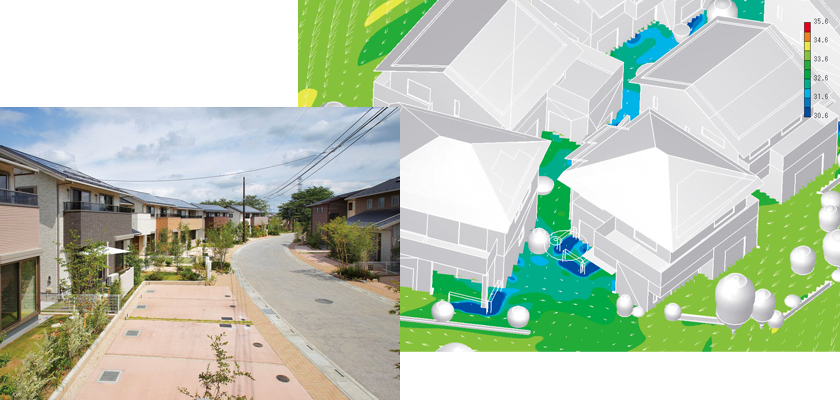
Micro-climate Design that Fully Utilizes Wind and Sunlight Becomes Reality by Combining Conventional Solution Approaches with the Latest Computational Technology
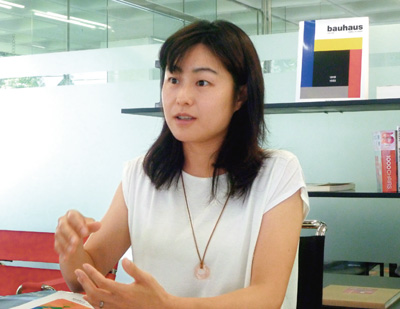
Picture 1: Dr. Yukari Hirayama, Chief Researcher, Environment Design Laboratory, Environmental Energy Center, Misawa Homes Institute of Research and Development Co., Ltd.
An important part of environmental design for residential areas involves predicting temperature changes by simulating wind flows. Conventional environmental design practices used to primarily depend on the designers’ experience and intuition. Misawa Homes Institute of Research and Development Co., Ltd. (MHIRD) has implemented the micro-climate design concept, which considers the effects of both the climate and the natural features of each site. In micro-climate design, thermal fluid analyses are performed using computer simulations that result in high-performance residential house designs with enhanced living comfort. MHIRD was one of the first in industry to recognize the significance of including natural environmental conditions in the simulations. Dr. Yukari Hirayama (Picture 1), Chief Researcher at the MHIRD Environmental Energy Center, describes the role of simulations as a means to help create comfortable residential houses and cities of the future.
Thermal Fluid Analyses Used in Micro-climate Design
Misawa Homes Co., Ltd. is one of the largest developers of residential homes in Japan. They design, manufacture, build, and sell homes. MHIRD also undertakes research and development to improve their products. One important theme they have been researching is micro-climate design. Micro-climate design strives to produce a comfortable indoor environment throughout the year by taking advantage of the natural environment, climate and geographic features of the site. ‘Micro-climate’ is limited to the house and climate of the surrounding area. Some design concepts include using garden landscaping to change wind directions and prevent direct solar radiation. Software Cradle’s scSTREAM CFD software is the computational analysis tool used in the evaluation and design phases.
Prior to introducing scSTREAM 20 years ago, MHIRD asked Software Cradle to develop a function for analyzing the indoor thermal distribution as a function of outdoor environmental conditions. “The core challenge of promoting micro-climate design is how to combine the latest computational technology with conventional approaches that utilize wind and sunlight. We began using scSTREAM when we realized that temperature and air flow must be considered to properly evaluate the degree of comfort,” explains Dr. Hirayama.
MHIRD conducted measurements and post construction evaluations in collaboration with the Tokyo Institute of Technology. These were performed in the Miyazakidai area along the Den-en-toshi railway line in Kanagawa, Japan. One of the goals of this particular development project was to leave the forest as untouched as possible. Much of the planning involved evaluating characteristics of the existing green and geographical features. From research performed after tenants moved in, MHIRD found that residents stopped using their air-conditioners during the summers after three years. The positive effects of micro-climate design were also verified for the thermal radiation environment. To highlight the qualitative importance of micro-climate design, MHIRD started actively promoting residential houses with high natural ventilation efficiency using the slogan: ‘House with - 3.5 °C effective temperature’.
MHIRD adopted scSTREAM as the standard analytical tool to evaluate micro-climate designs for the development of CENTURY, a series of residential houses that ultimately received Good Design Award. MHIRD implemented a passive design that was well suited for the climate and natural features of the site while providing the flexibility to locally adjust the micro climate. MHIRD divided the entire nation into small climatic zones and prepared an operations manual for micro-climate designed buildings, which covers the micro climate of each zone. For the development of Marina East 21 Midorihama, a large residential area in Urayasu-shi (Chiba, Japan), Dr. Hiryama recalls: “As the wind from the sea is strong in the area, we wanted to make use of it, but we also realized the need to take shelter from it if we were to provide a comfortable living environment. We implemented designs that let the winds pass over the roofs of houses by appropriately locating hedge, trees and houses as a windbreak.” MHIRD started using ThermoRender, developed by A&A Co., Ltd., during this project and have continued using it, along with scSTREAM, to evaluate the effect on effective temperature.
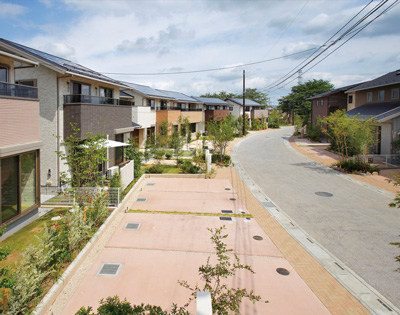
Picture 2: M-Smart City Kumagaya
Performing Thermal Simulation of a Residential Area and its Surroundings
The concept of micro-climate design was implemented in a large scale for the development of M-Smart City Kumagaya (Saitama, Japan), which is planned to be completed in 2017. Kumagaya-shi in Saitama prefecture (Picture 2) is known for severely hot weather during the summer. With the desire to transform Kumagaya-shi into “a refreshing town,” micro-climate design has been implemented to take full advantage of wind flows while minimizing thermal radiation for the design of town sections and residential houses. The town section layout is designed to let mild breezes pass through green areas in the park, the ‘cool spot’, which lowers the effective temperature.
MHIRD also introduced ‘passive cooling technology’, which releases heat by water evaporation. Water retentive interlocking blocks are used for walkway and parking. The effect on surface temperature was evaluated by changing material properties on ThermoRender. Before introducing ThermoRender, designers had to manually input calculated surface temperatures to the computational model when performing the air flow analyses. “In 2015, ThermoRender and scSTREAM were coupled and now evaluation is much faster and easier than we even initially expected,” says Dr. Hirayama.
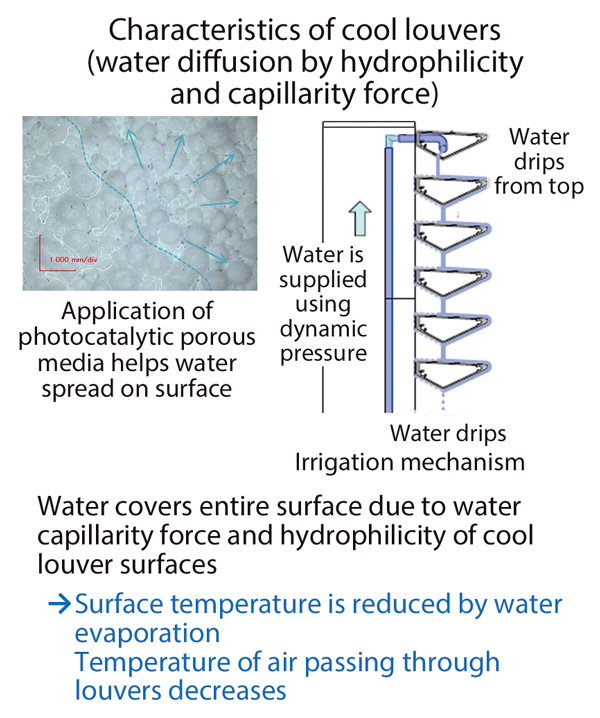
Figure 1: Characteristics of cool louvers
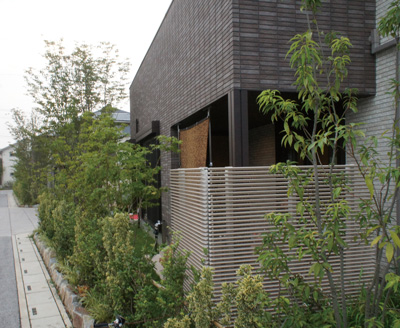
Picture 3: Residential house with cool louvers
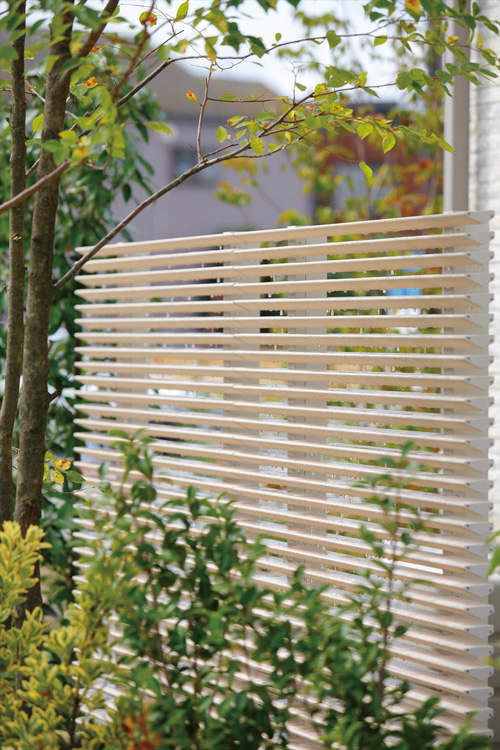
Picture 4: Cool louver
One application of 'passive cooling technology' worth highlighting is the application to cooling louvers (Figure 1). MHIRD designed and manufactured the cooling louvers in-house. “Splashing water onto road surface cools the temperature around the feet, but we are most sensitive to heat around our faces. By incorporating cool louvers around on the exterior of a terrace, chilled cool louver surfaces are allocated at the face level. The temperature of the chilled cool louver can be as much as 5 or 6 °C lower than the air temperature,” explains Dr. Hirayama (Picture 3 and 4).
Water is injected on the vane-shaped louver, and flows slowly from the top layer to the bottom, gradually covering the entire surface. Surface heat dissipates as the water evaporates. As wind flows over the chilled louver faces, a cool breeze is generated. MHIRD ran extensive experimental tests to identify the ideal louver material and shape. They decided to use aluminum for the core component because it could be easy shaped and sized. MHIRD also discovered that they could increase the amount of water that spread across the louver surface by applying a porous paint containing photocatalyst to the louver. Positive results can be achieved by injecting water for two hours in the morning and evening. Approximately 1 to 2 liters of water are used each hour.
To evaluate the macro-scale impact of the cooled louvers, MHIRD used scSTREAM to simulate air temperatures and wind directions and velocity distribution around residential houses (Figure 2). ThermoRender was used to simulate the surface temperature distribution (Figure 3). “To save calculation time, we used porous media model as an alternative to generating fine mesh elements. This means the computational model was like a box containing solid and fluid. We specified the property value and porosity ratio of the solid material, and defined flow resistance as a function of wind velocity after we separately calculated the resistances as a function of the velocities,” says Dr. Hirayama. Analysis results show lower air temperatures around the cooled louvers and the gradual diffusion of the cool air. To accurately capture surface shapes and surface temperature, MHIRD used SC/Tetra, which enables analyses with hybrid mesh, as well as scSTREAM. Regarding the effectiveness of the cooled louvers, “we got the effect we hoped for,” says Dr. Hirayama with confidence.
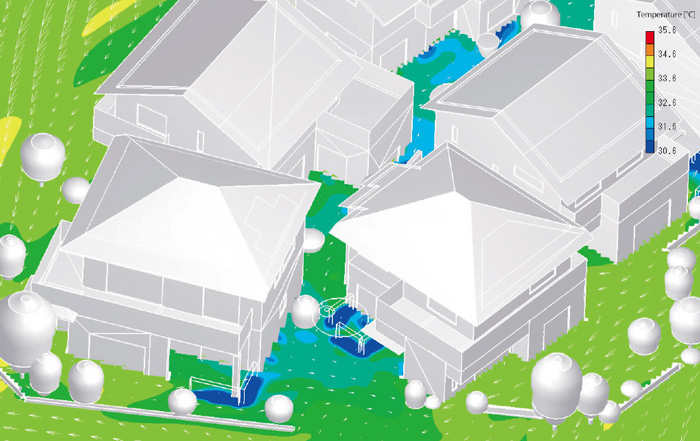 Figure 2: Evaluation of cool louver designs (showing air temperature, wind directions, and wind velocity distribution).
Figure 2: Evaluation of cool louver designs (showing air temperature, wind directions, and wind velocity distribution).
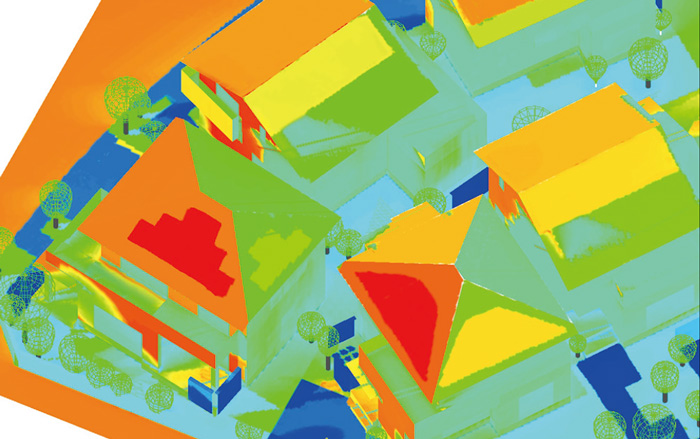 Figure 3: Evaluation of cool louver designs (showing surface temperature distribution).
Figure 3: Evaluation of cool louver designs (showing surface temperature distribution).
Simulation Software as a Means of Communication
Commenting on ways to visualize heat, which is obviously invisible, Dr. Hirayama says that thermal fluid analysis tools, such as scSTREAM, can be an effective means of communication. “We can simulate the surface temperature by using the heat balance calculation in ThermoRender and then import the analysis results directly into scSTREAM. This enables us to visually see how the air temperature decreases around plants and the cool louvers, and also where heat is likely to accumulate. It helps us communicate with our designers.” Dr. Hirayama recalls that the tool was useful when communicating with the design team about whether the cool louvers prevented sunlight when located around the terrace. Did this contribute the feeling of cold during winter? How close should the cool louvers be located near windows? Using scSTREAM to visualize the simulation results helped resolve these issues. “The designers saw that the impact of improving the design of one residential house, on the entire town section, was greater than they had assumed. As a result, the designers were motivated to implement cool louvers effectively in their house designs,” says Dr. Hirayama.
According to Dr. Hirayama, scSTREAM offers many more benefits apart from just being an effective means of visual communication. “During measurement of the thermal environment, multiple factors can influence the results at the same time which confound the results. Simulations make it easier to identify root cause. It can also be used to assess the effectiveness of countermeasures for a specific problem. I feel that we can design much better products when we use simulation tools,” says Dr. Hirayama.

Misawa Homes Institute of Research and Development Co., Ltd.
- Founded: 1973
- Main businesses: General research on residential home and living, evaluation, and system development services
- Head office: Suginami-ku, Tokyo (Japan)
- Representative: Haruo Sato (President and CEO)
*All product and service names mentioned are registered trademarks or trademarks of their respective companies.
*Contents and specifications of products are as of September 16, 2015 and subject to change without notice. We shall not be held liable for any errors in figures and pictures, or any typographical errors.
Download


